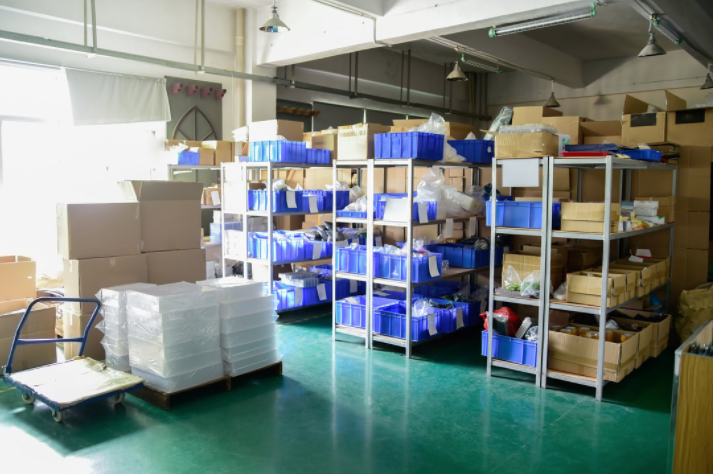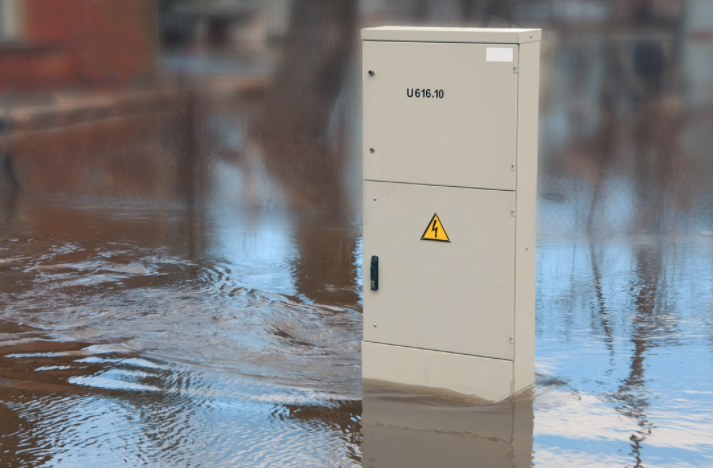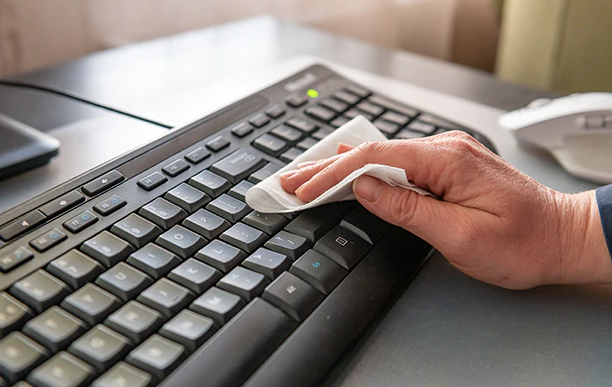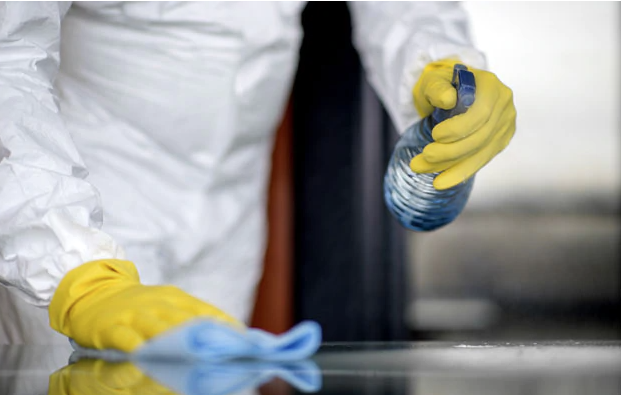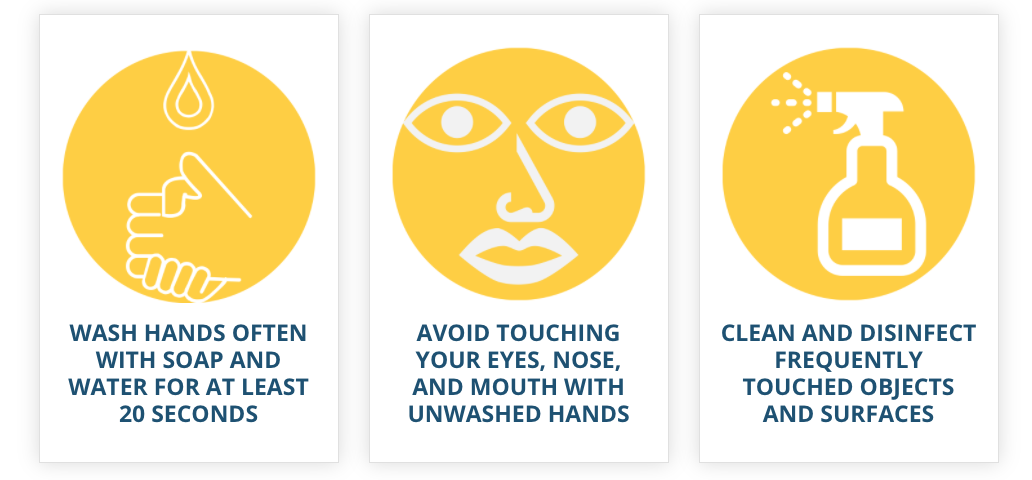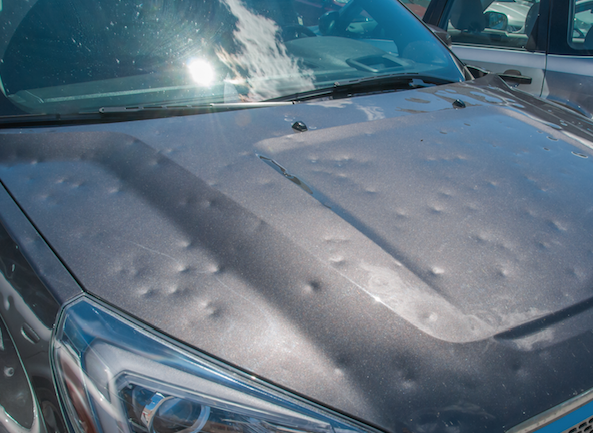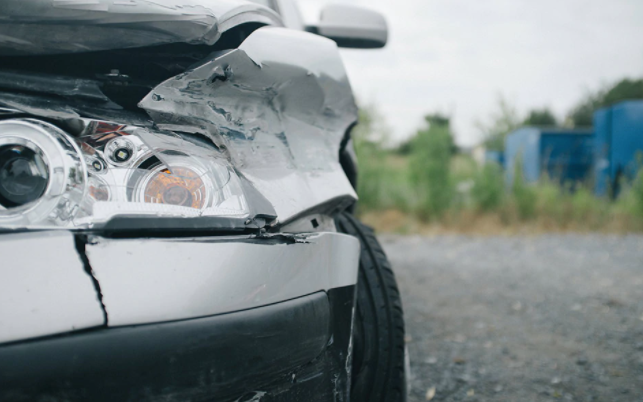Inside a Products Liability Claim

Products liability claims and lawsuits can be complex, potentially involving alleged design defects, manufacturing defects and warning, and instruction defects. A common thread in all product liability claims is the need for manufacturers, distributors and retailers to have policies and procedures in place to defend themselves, regardless of whether or not their products caused harm.
To illustrate how companies can think about their risk and how to help mitigate it, the following are three scenarios that demonstrate how product liability claims can unfold.
Manufacturing Defect: Product Contamination
An international spice importer’s new supplier delivered a shipment of paprika contaminated with peanut protein, a potentially life-threatening food allergen. Some manufacturers of prepared foods used the contaminated paprika and had to issue product recalls preventing the tainted foods from reaching the market. Many consumers suffered allergic reactions, which led to claims in multiple jurisdictions.
“Manufacturers and importers can help guard against food contamination by testing or otherwise verifying that the product received meets their specifications,” says Robert T. Bell, a Travelers Risk Control Technical Director. Conducting these tests could help avoid product liability claims by alerting manufacturers to potential hazards prior to releasing them into production or into the market.
Companies that import products, including raw ingredients that are later provided to manufacturers of final products, can face serious liabilities if the imported product does not meet safety standards, including required labels, warnings, and instructions. In the case of an allergen, consumer warnings may be required, and the prepared foods company, unaware of the allergen within the paprika, had not provided that warning on their packaging. Read More







